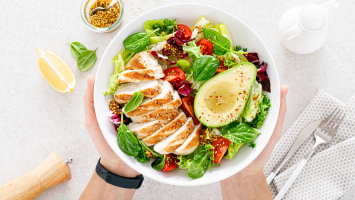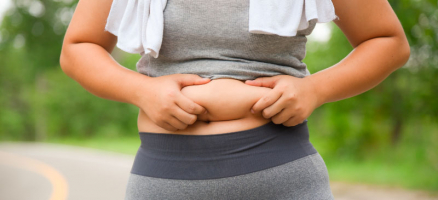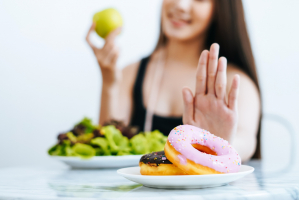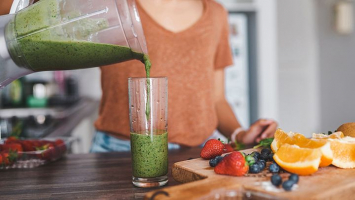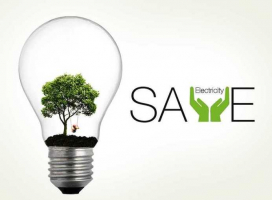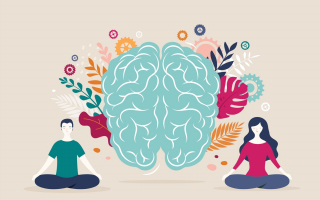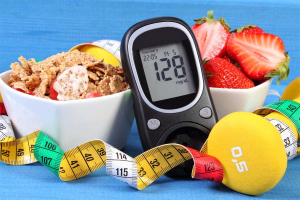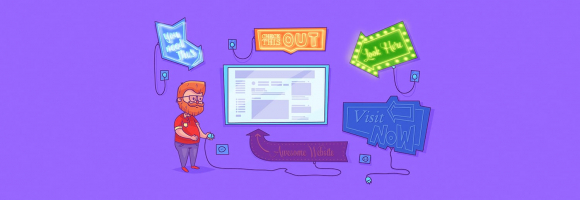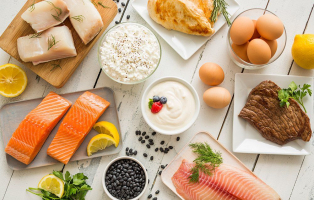Top 10 Simple Ways to Drink More Water
Water makes up around 70% of your body, therefore getting enough of it is critical for good health. Water serves a variety of functions in the body, including ... read more...electrolyte balance and blood pressure regulation, joint lubricating, body temperature control, and cell health promotion. While everyone understands the need of staying hydrated, it can be difficult to do so at times. Here are some simple ways to increase your water intake.
-
You should first understand your body's fluid requirements before deciding to drink more water. A frequent daily water intake advice is 64 ounces (1,920 ml), or 8 cups, although this is not supported by evidence.
The National Academy of Medicine (NAM) advises that men drink 125 ounces (3,700 ml) of fluid per day and women drink 90 ounces (2,700 ml). This includes fluid from water, other drinks, and foods. However, NAM acknowledges that making general recommendations for fluid needs isn't optimal because they are dependent on your activity level, location, health status, and other factors. For most people, simply drinking to relieve their thirst will be enough to meet their fluid requirements. However, if you exercise frequently, work outside, or live in a hot climate, you may require to drink more water.
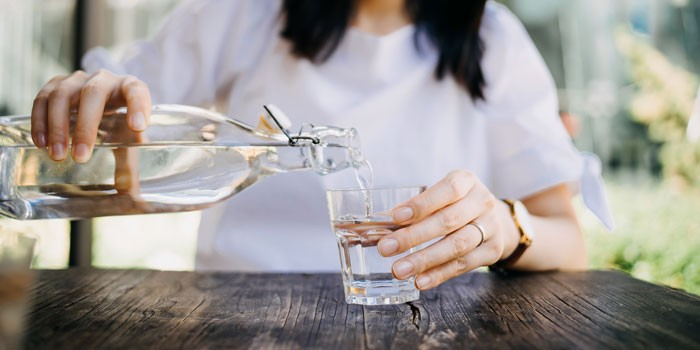
Understand your fluid needs 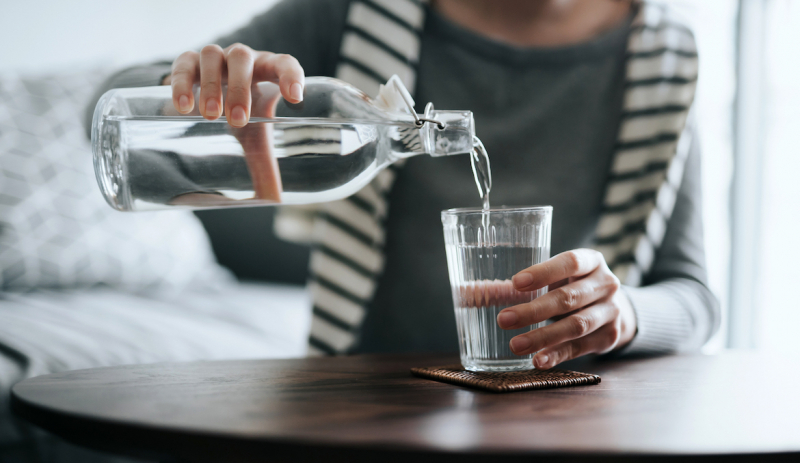
Understand your fluid needs -
You lose water every day through your breath, perspiration, urine, and bowel movements. You must refill your body's water supply by consuming beverages and foods that contain water in order to function properly.
Setting a daily water intake goal might help you in increasing your water intake. Simply having a goal can motivate you and increase your chances of making long-term good changes. Goals should be "smart", which is an acronym for the following criteria, in order to be effective: specific, measurable, attainable, realistic and time-bound. Drinking 32 ounces (960 ml) of water every day, for example, is a SMART water consumption goal. It might also be useful to keep track of your progress, which will keep you motivated to reach your goal – and make it a habit.
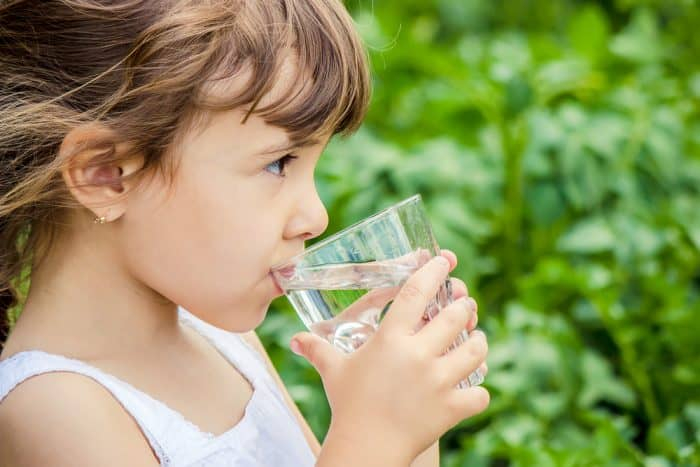
Set a daily goal 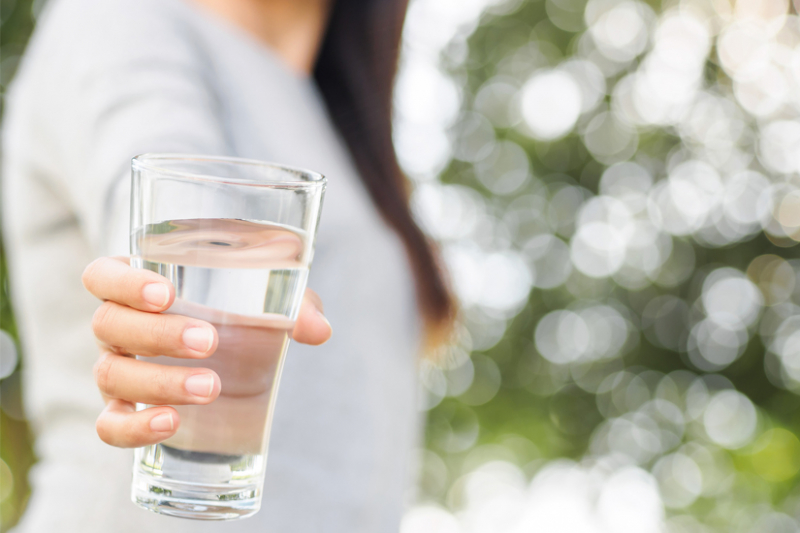
Set a daily goal -
There are numerous benefits to carrying a reusable water bottle with you everywhere you go, whether you're going on vacation, working out at the gym, planning a summer picnic, or simply your daily routine.
You may drink more water by carrying a water bottle with you throughout the day. You may easily drink water in any setting when you have a reusable water bottle, whether you're running errands, traveling, or at home, work, or school. Having a water bottle on hand can serve as a visual reminder to drink more water. You'll be reminded to drink more if you keep the bottle on your desk or table. A reusable water bottle not only encourages you to drink more water but also keeps track of how much you drink each day. If you want to drink two liters of water every day, all you have to do is fill a 500 ml water bottle four times and keep track of it. Furthermore, it is more eco-friendly than using single-use plastic water bottles.
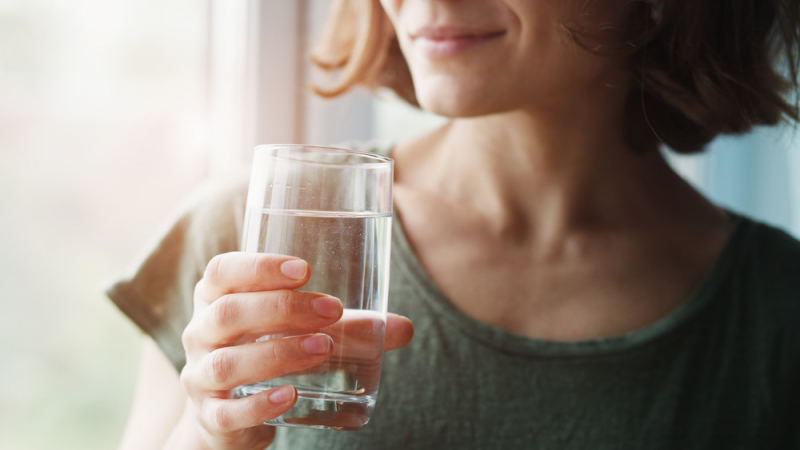
Keep a reusable water bottle with you 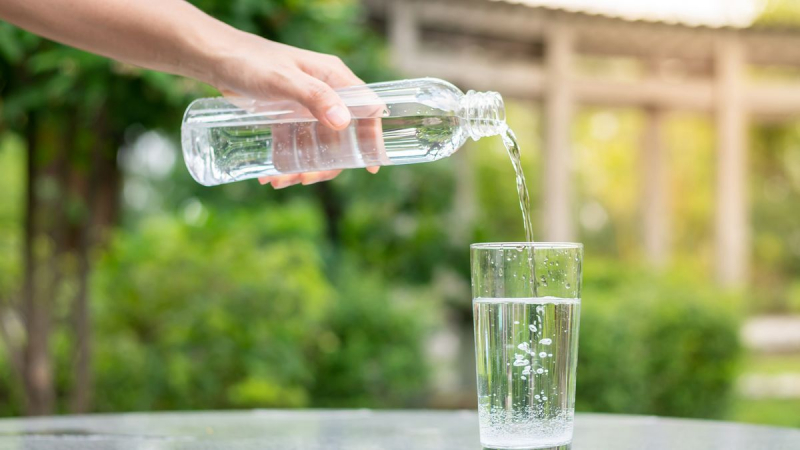
Keep a reusable water bottle with you -
It's not only about quenching your thirst when it comes to hydration. Drinking enough water has a variety of key health benefits, ranging from temperature regulation to fewer headaches. Unfortunately, knowing for sure that you're getting the proper quantity every day isn't always easy. That’s why hydration apps come in.
You may also use an app or the alarm on your smartphone or smartwatch to remind you to drink extra water. For example, set a reminder every 30 minutes to take a few sips of water, or every hour to finish drinking your current glass of water and refill it. These reminders might help you drink more water, especially if you have difficulty remembering or are too busy to drink.
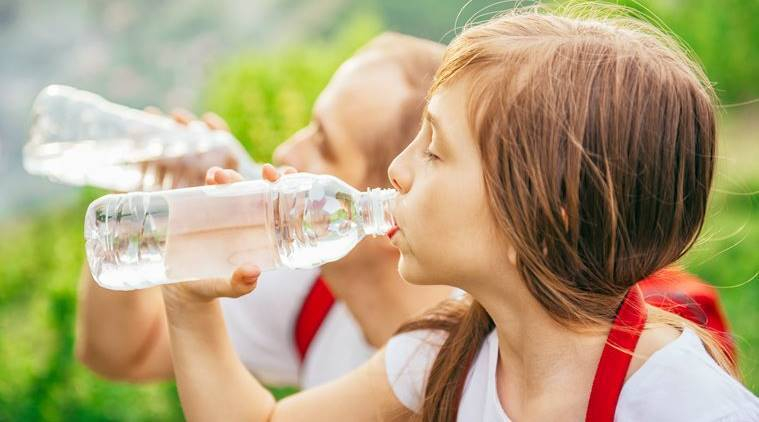
Set reminders 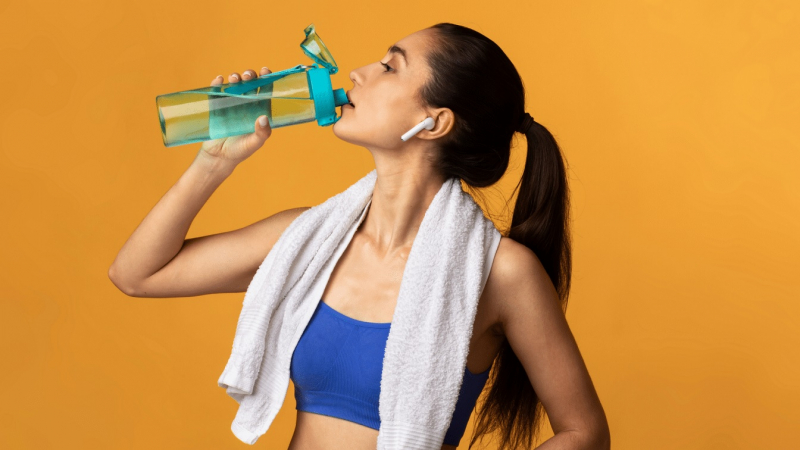
Set reminders -
To satisfy your hydration needs, experts recommend drinking several glasses of water every day. While drinking water is essential, you may also obtain it from food. There are a lot of nutritious foods that might help you get a lot of water in your diet.
Eating more water-rich foods is an easy method to increase your water intake. The following fruits and vegetables have a high water content: Lettuce: 96% water, Celery: 95% water, Zucchini: 95% water, Cabbage: 92% water, Watermelon: 91% water, Cantaloupe: 90% water, Honeydew melon: 90% water. In addition to their high fluid content, these fruits and vegetables are also high in vitamins, minerals, and antioxidants, all of which are beneficial to your overall health.
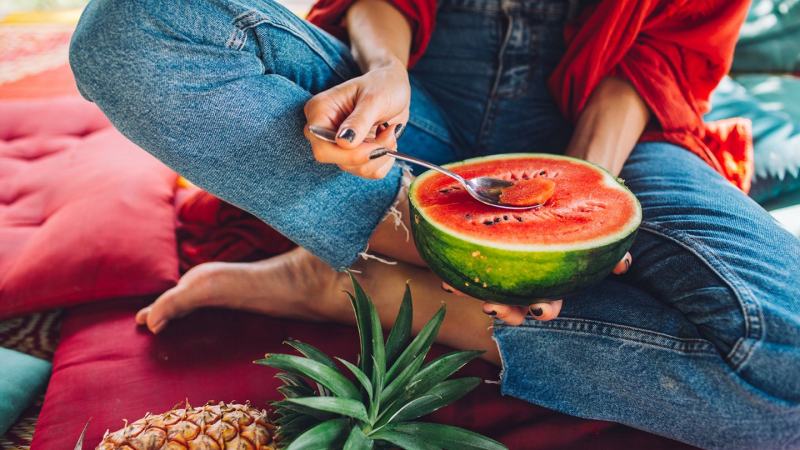
Eat more foods high in water 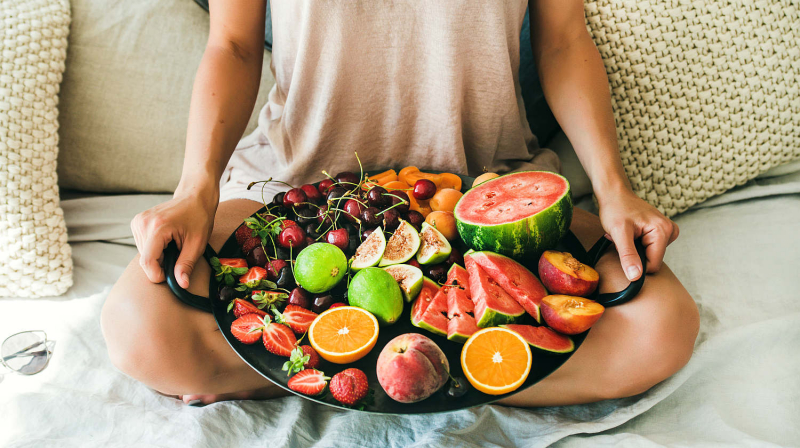
Eat more foods high in water -
Making a habit of drinking one glass of water before each meal is another simple way to increase your water intake. If you eat three meals a day, you'll drink an additional three cups (720 ml) of water. Furthermore, your body may mistake thirst for hunger at times.
Before you eat, drink a glass of water to determine whether or not you are truly hungry. If you're attempting to lose weight, drinking a glass of water before each meal is a great strategy. This will not only make you feel fuller, but it will also help you eat less throughout that meal. Obese adults may lose weight by drinking 500ml of water half an hour before their main meals, according to research. They believe that a simple intervention may be incredibly useful.
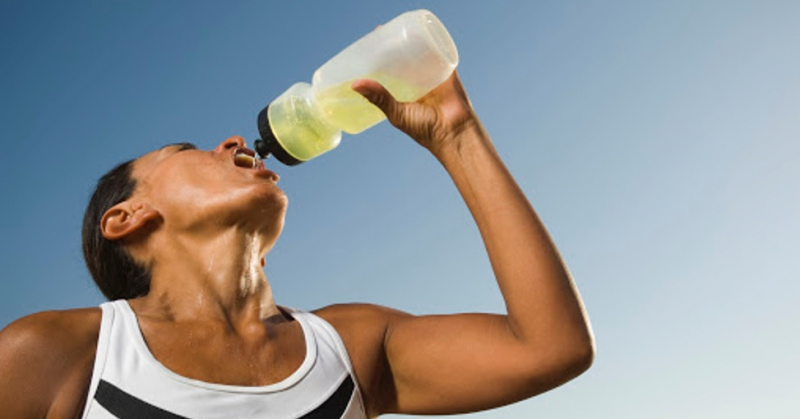
Drink one glass of water before each meal 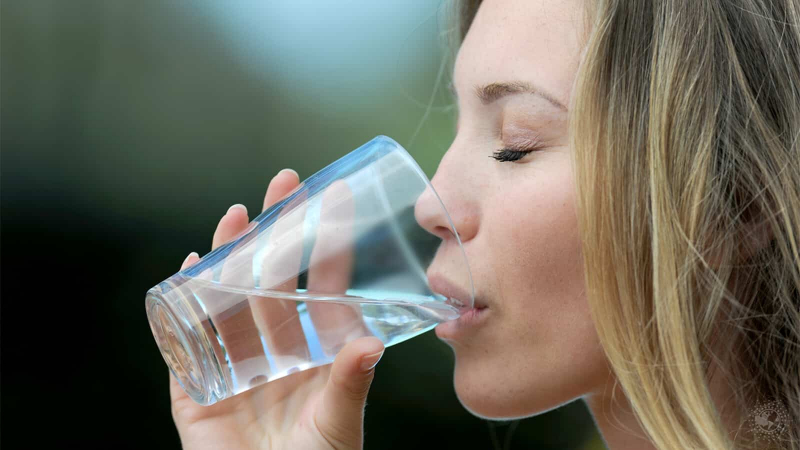
Drink one glass of water before each meal -
The majority of tap water in the United States is safe to drink. However, consider getting a water filter if you are concerned about the quality or safety of your tap water.
From expensive whole-house water filtration systems to low-cost water-filtering pitchers, there is a filter for almost every budget. Furthermore, filtering your water may improve the taste. Waterborne bacteria, lead, and arsenic levels in polluted tap water can be reduced to safe levels with point-of-use water filters, such as pitchers or filters that attach directly to a faucet. Using a water filter is also less expensive and environmentally friendly than buying bottled water, which is often similar to tap water.
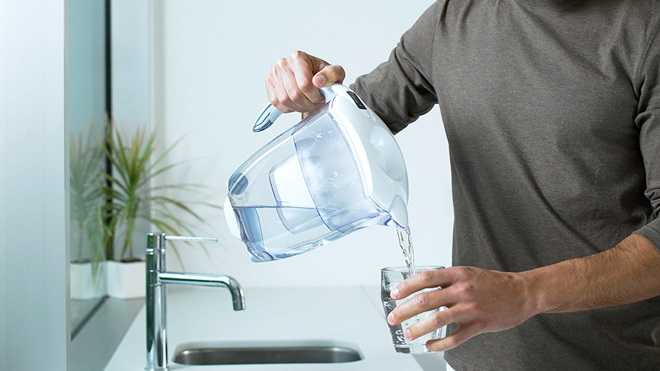
Get a water filter 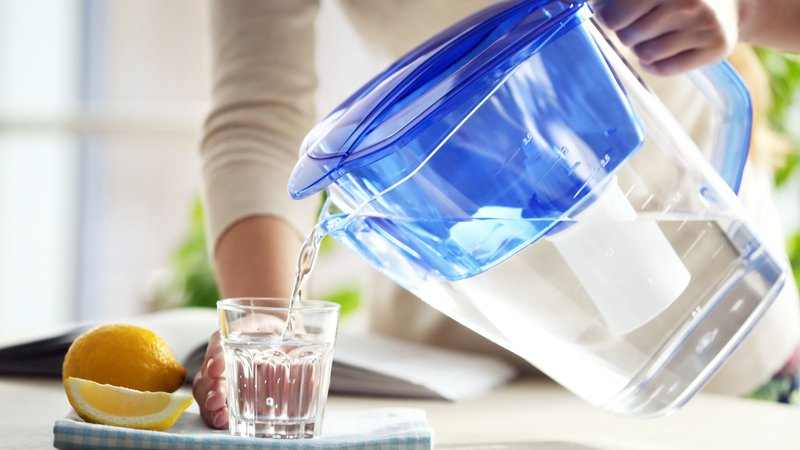
Get a water filter -
Water takes up around half to 70% of your body weight and is the most important chemical component. The survival of your body is reliant on water. So keeping hydrated is crucial for health and well-being, but many people do not consume enough fluids each day.
Drinking a glass of water per hour at work adds up to 8 cups (1,920 ml) of daily water intake if you work a standard 8-hour workday. Fill your cup as soon as you arrive at work, and then drink the remaining water and refill at the end of each hour. This method will ensure that you drink the same amount of water throughout the day. Keep a glass or cup of water beside you if you'll be sitting for a longer length of time at the workspace. As you work, take a sip from it on a regular basis.
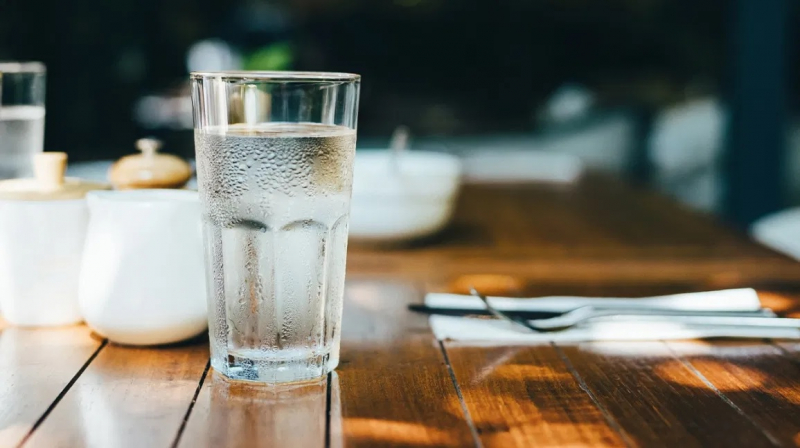
Drink one glass of water per hour at work 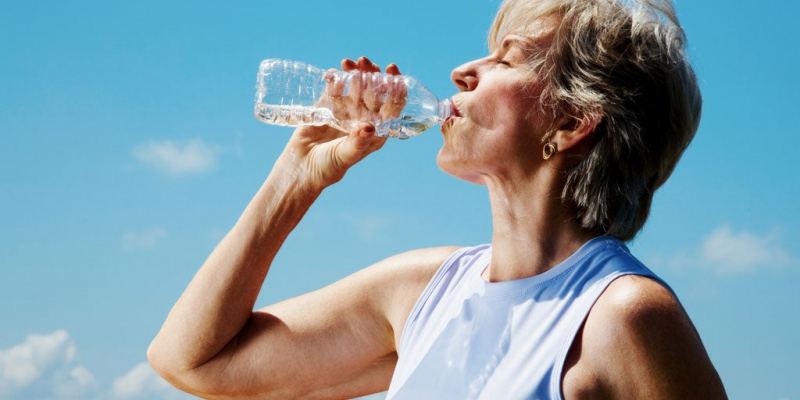
Drink one glass of water per hour at work -
Here are some ways to make water more appealing so you may choose a healthy drink that still tastes good, looks good, and quenches your thirst:
- Slices of lemon, lime, or orange can be added. They provide your glass with a refreshing flavor and an inviting look.
- Fresh berries, pineapple, or melon can be used to flavor water. You can try freezing bits of fruit in ice cube trays.
- Cucumbers are sliced and added to water for a fresh, clean taste.
- Fresh mint leaves, basil, ginger, rosemary, or cilantro can be added to water to make it more flavorful.
- Drink sparkling water or seltzer if you prefer some fizz. It's still calorie-free, but it'll quench your thirst and give a refreshing change from pure water.
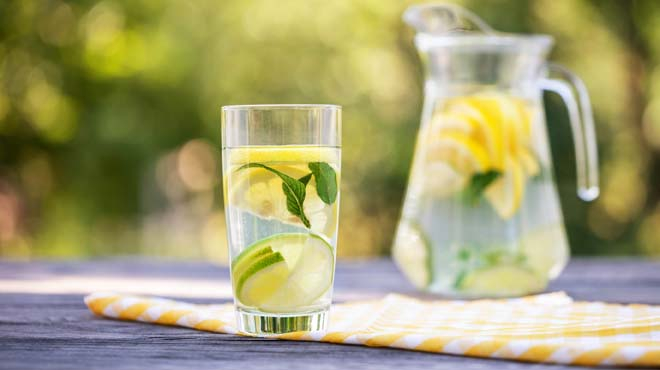
Add flavor to your water 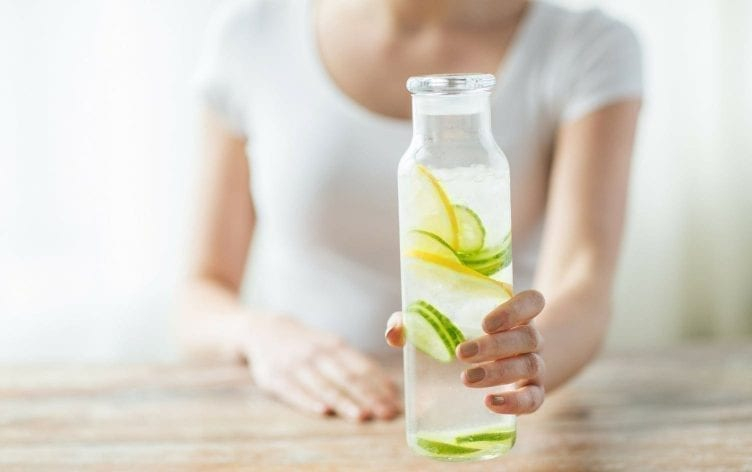
Add flavor to your water -
Each morning, drink a glass of water before going for a cup of tea or coffee. Make it a habit to do this on a daily basis. Pouring water down your throat each morning may seem difficult at first, especially if you're not used to drinking first thing in the morning; however, after a few days, you should be able to do it.
You could forget to take a glass of water right away if you're not a morning person. It's a good idea to leave yourself a note wherever you'll see it first in the morning, such as by the refrigerator or coffee pot. You may also use your phone to set a daily reminder to drink a glass of water. You may set it to go off every morning as soon as you wake up.
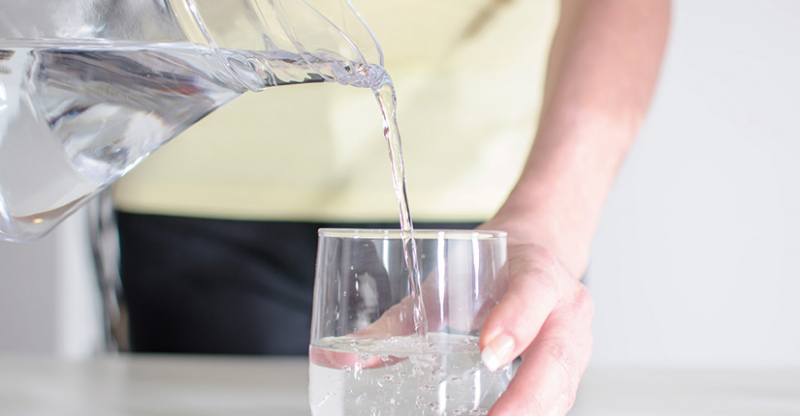
Have a glass of water each morning 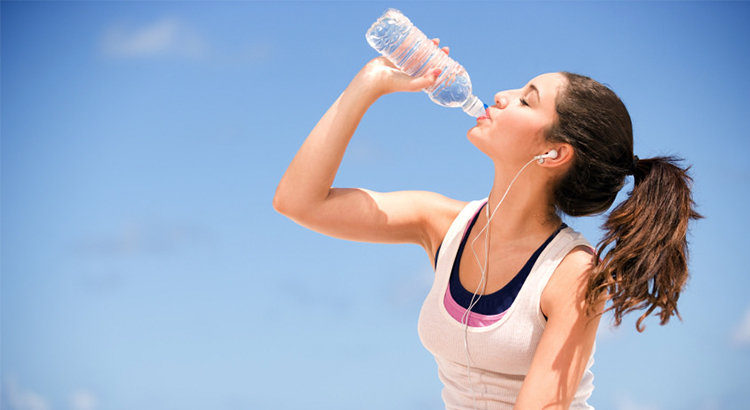
Have a glass of water each morning












